Why Your Skin Needs Collagen to Stay Young
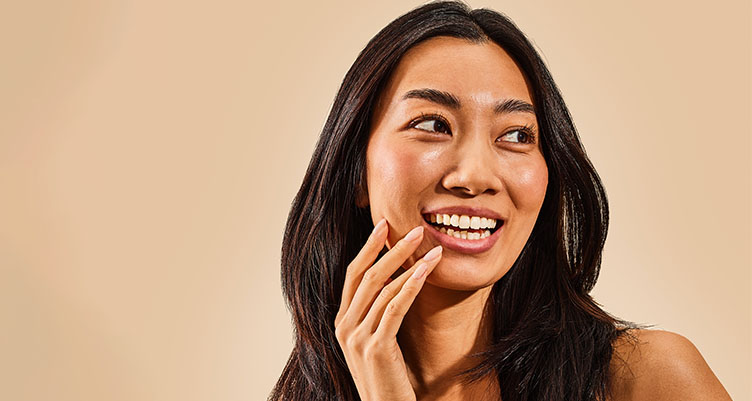
- Collagen is a protein that provides structure and elasticity to the skin, helping it appear firm and smooth.
- Eating collagen-rich foods like bone broth, fish and chicken can support skin health. They do this by providing essential building blocks for collagen synthesis.
- Topical treatments containing retinoids, peptides and vitamin C can help boost collagen production. This, in turn, can help improve skin texture.
If you follow the Bulletproof Diet, you know that sipping bone broth and drinking collagen peptides powder can help you look and feel great. Collagen supports glowing and hydrated skin. It’s no wonder that collagen supplements have become a common addition to many wellness plans.
But what does collagen do for skin? Find out how collagen keeps your skin looking young and all the ways to boost your body’s collagen production. Here’s how to get your complexion glowing in no time.
How Collagen Benefits Your Skin
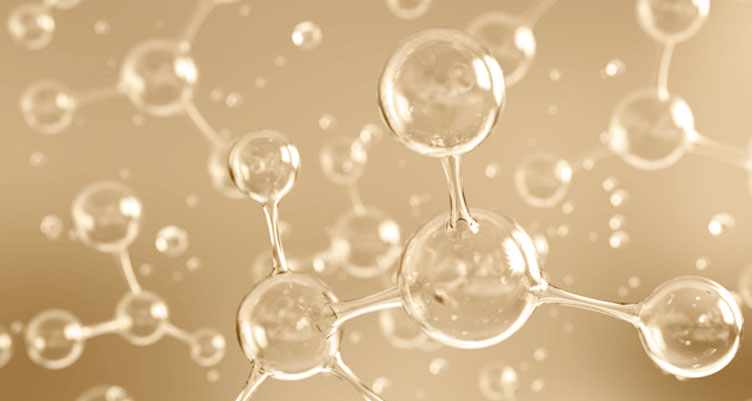
Collagen is the most abundant protein in your body. It holds your body together kind of like glue. It’s in the connective tissue in your skin, hair, joints, bones, muscles and more. It makes up nearly 80 percent of your skin, found in the middle layer called the dermis. Collagen works with a protein called elastin to strengthen the skin and help it snap back into place when stretched.[1]
There are many collagen benefits for skin health. One great thing about collagen is that it can help make your skin look younger. Many anti-aging treatments like lasers and microneedling work by stimulating collagen production.
And although your body can produce it, you start producing less collagen as you age. By your mid-20s, your body breaks down more collagen which translates into fine lines and wrinkles.[2] From there, you lose about 1 percent of your collagen each year.[3]
Other factors affect collagen production. They include smoking,[4] sun exposure,[5] excess alcohol and lack of sleep and exercise.[6] Taking a collagen supplement is no replacement for having a well-rounded health routine.
The good news is, you can help your body make more collagen.
How to Boost Your Collagen Stores for Youthful Skin
There are many ways you can increase your body’s collagen production. Explore what works best for you and see the difference in your skin health.
Take a collagen supplement
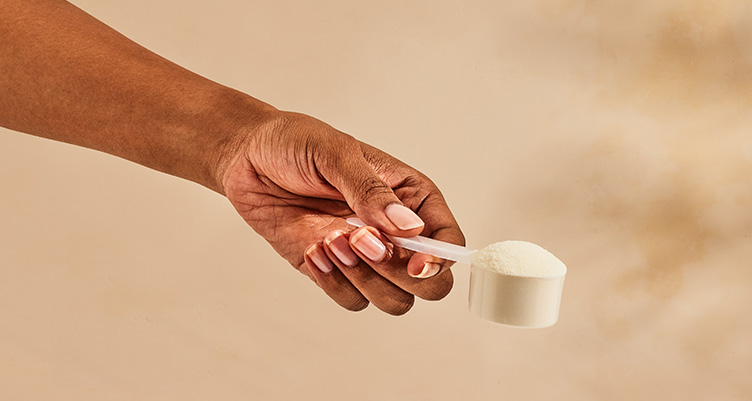
What are the best collagen supplements? Hydrolyzed collagen (also known as collagen peptides) can be taken by mouth in pill or powder form. This is one of the best collagen supplements because it is easy for your body to process. Research shows that collagen supplements improve skin elasticity.[7] They also reduce wrinkles and boost skin hydration. Finally, they increase the density of fibroblasts, the cells in connective tissue that produce collagen.[8]
Collagen peptides are accessible because water has already broken down the larger collagen molecules. They are more easily digestible and dissolve in hot or cold liquids. Collagen peptides are an easy add-in for delicious and nutritious collagen coffee to start your day. You can also get coffee pods that conveniently have collagen already mixed in. Or, if you want a collagen-rich snack on-the-go, try a Collagen Protein Bar.
Another option is to incorporate collagen-rich foods into your daily meals.
Related: How Do Collagen Supplements Work? What the Science Says
Eat more foods with collagen
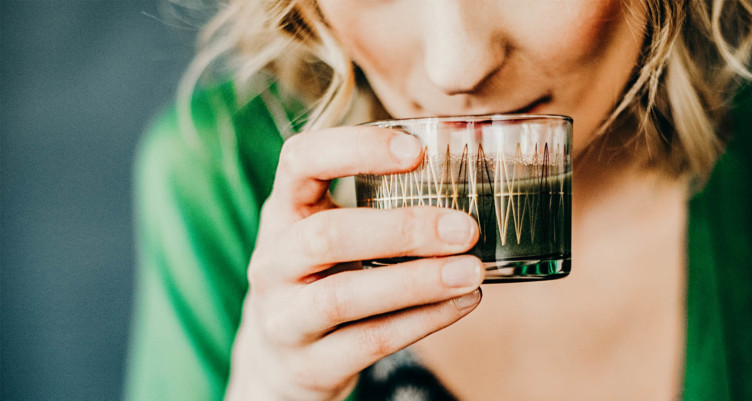
You are what you eat stands true.[9] Nutrition has a significant impact on skin health.
Some collagen-rich foods you can try include bone broth, egg yolks and fish like salmon and tuna. Collagen is abundant primarily in connective tissues such as tendons, ligaments, skin and bones. When these parts of animals are cooked or simmered, the collagen breaks down into gelatin. This, in turn, is rich in amino acids like glycine, proline and hydroxyproline.
If you’re on a plant-based diet, you can still get collagen-building nutrients from foods like soy products, beans and nuts. Plus, eating vitamin C-rich foods can support collagen synthesis.[10] These include citrus fruits, bell peppers, broccoli, pineapple and mango. Besides eating more vitamin C, you can also try it in serum form.
Use a vitamin C serum

Vitamin C is essential for the synthesis of collagen, as it acts as a cofactor for enzymes involved in collagen production. Apply a vitamin C serum to give your skin a concentrated source of this essential nutrient. Doing so also stimulates collagen synthesis and supports skin firmness and elasticity.[11]
Vitamin C is a potent antioxidant that helps protect collagen from damage caused by free radicals and oxidative stress. By neutralizing free radicals, vitamin C helps prevent collagen degradation. This preserves the integrity of the skin’s support structure and reduces the appearance of fine lines and wrinkles.[12] Pairing vitamin C with retinol also supports collagen production and may even help reverse sun damage.[13]
Another option to support your skin’s collagen production is with a trip to your local med spa for a microneedling treatment.
Try micro-needling (aka dermarolling)
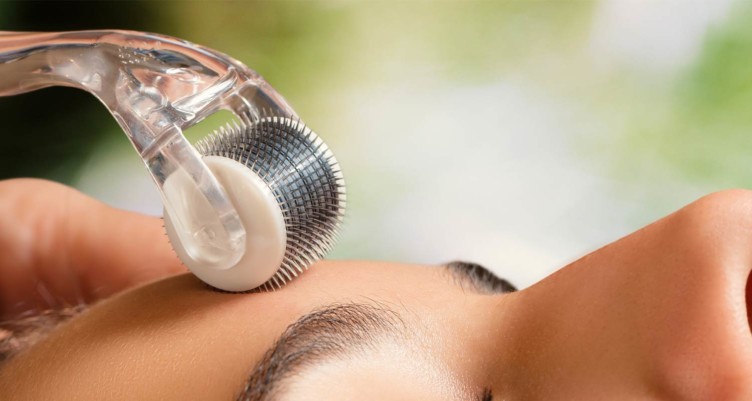
Microneedling is also known as dermarolling or collagen induction therapy. It’s a skin procedure that uses tiny needles to prick small holes in the top layer of skin. This triggers the body’s natural healing response. Expect a small amount of bleeding at the pinprick points and some redness immediately after the procedure.
The tiny punctures stimulate the production of growth factors and cytokines. This promotes collagen synthesis.[14] As the skin heals from these micro-injuries, your body produces new collagen fibers. This leads to firmer, smoother and more youthful-looking skin.[15]
Over time, repeated microneedling sessions can improve skin texture, tone and elasticity. This is because it increases collagen production and remodels the skin’s support structure.[16] It is a relatively low-cost and minimally invasive procedure to treat many skin conditions.
Some people combine microneedling with platelet-rich plasma (PRP). This treatment, also known as the vampire facial, injects your own blood into the skin to stimulate growth. First, a doctor takes your blood and separates the plasma, which is rich in growth factors. The doctor applies plasma to your face before and after microneedling. This further stimulates the growth factors caused by the punctures. However, there is conflicting evidence that microneedling and PRP together improve acne scars more than microneedling alone.[17]
You can also try a gentler approach at home with the help of a dermaroller. A dermaroller is a small roller with fine needles that you roll all over your face. Keep in mind that over-the-counter dermarollers don’t penetrate as deeply as professional ones, so you won’t get as good results. Use a sterilized roller on clean skin and follow with a vitamin C serum or plant stem cell serum.
When shopping for an at-home dermaroller, make sure the company treats their tools with gamma radiation. This is a sterilization process that ensures the dermaroller is contaminant-free.
And finally, you can also try light therapy to boost your collagen production.
Use light therapy
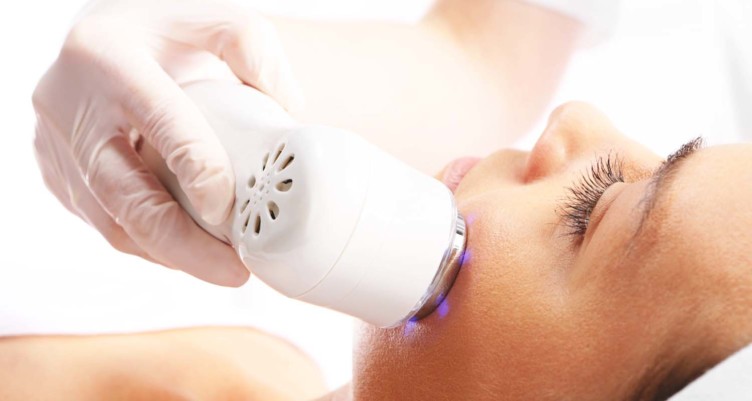
Light therapy—LED and lasers—uses light to penetrate the skin at varying degrees. LED (light-emitting diode) uses different colored lights depending on the condition. Red smooths and plumps the skin.
LED light therapy builds collagen and elastin to help reduce wrinkles and tighten the skin.[18] It stimulates collagen production by delivering specific wavelengths of light deep into the skin. There, they are absorbed by cells known as fibroblasts. This triggers a series of cellular processes that promote the production of new collagen and elastin fibers. Regular LED light therapy can increase collagen levels and improve skin texture. This, in turn, can lead to firmer, smoother and more youthful-looking skin.
Laser treatments, meanwhile, direct short beams of light onto target areas, like a brown spot or a scar. Doctors use different wavelengths of light depending on the skin complaint. Choose a resurfacing laser like the Fraxel Dual. It stimulates the fibroblasts in the dermis, causing them to create more collagen and elastin.[19]
Start incorporating collagen into your skin routine and diet today, and you’ll soon look—and feel—younger. Get started with this roundup of collagen peptide recipes to make your skin glow.
Sign up for early access to sales, product launches, the latest Bulletproof news and more!



